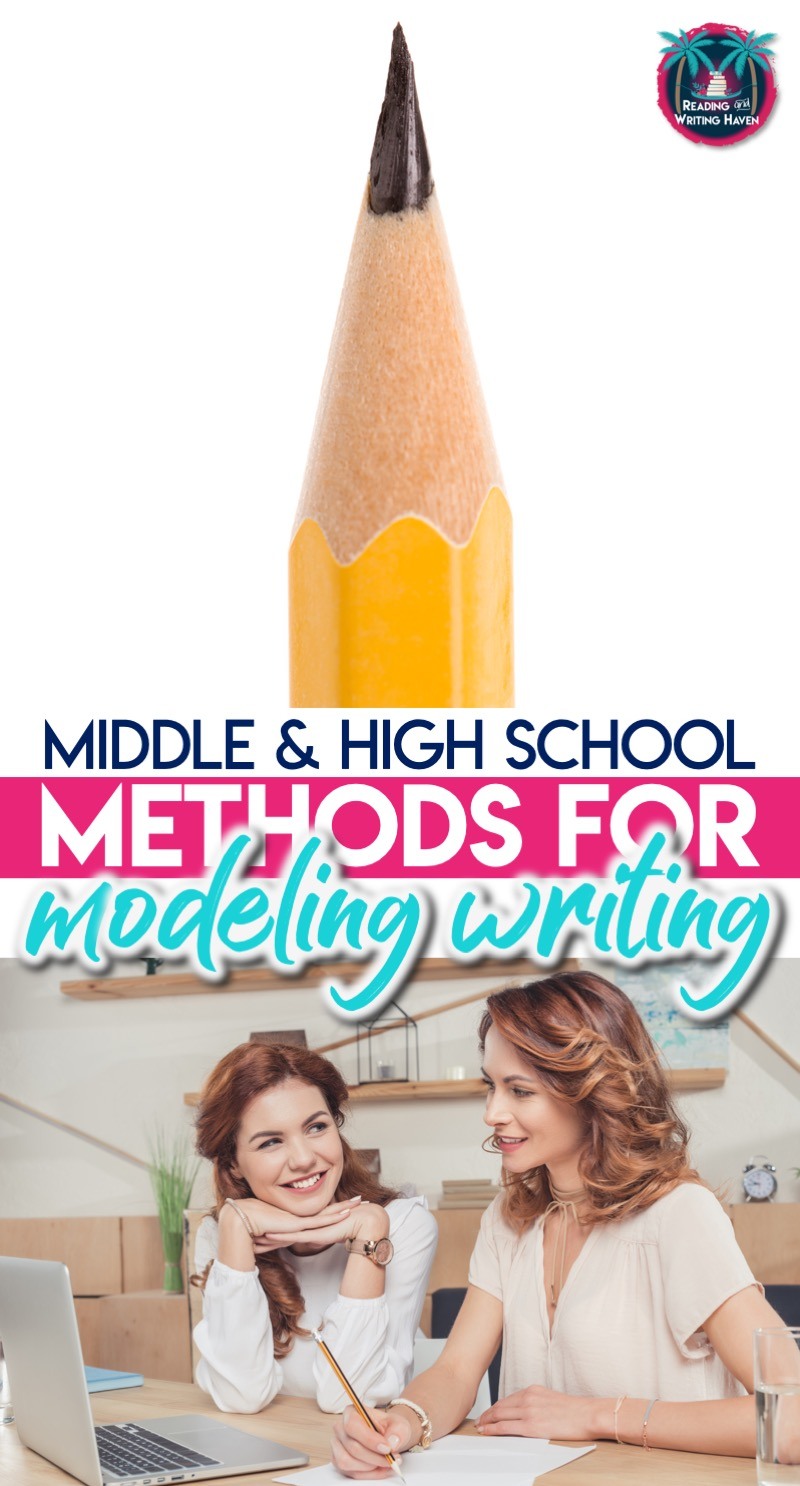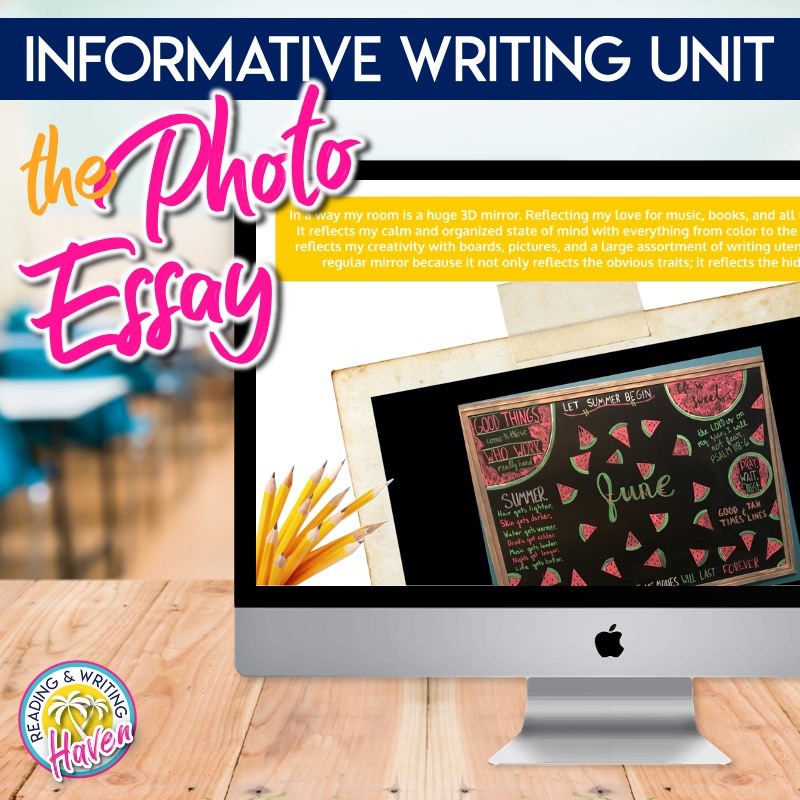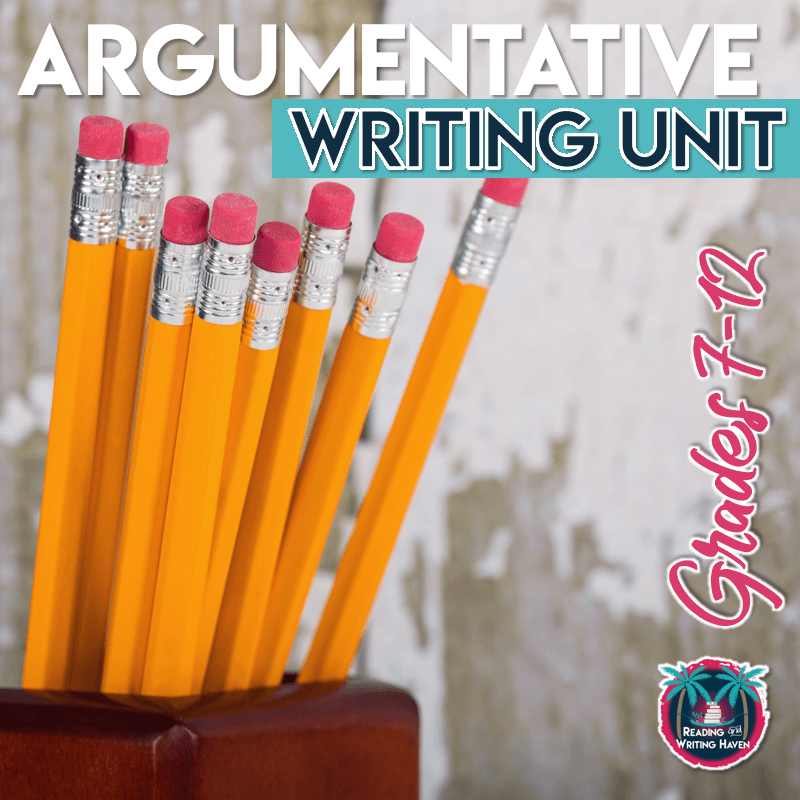Writing Aloud: A Powerful Way to Model Writing
Wondering how to help students improve their writing skills and confidence? Model writing by writing aloud!
To be honest, when I began teaching, I had very little idea how to effectively teach writing. Today, I’m a lot more confident than I was ten years ago, but it’s still a learning process. Many teachers are in that same boat. Modeling is one of the most powerful ways we can help students improve their writing skills. But how?
In order to model writing, we have to go beyond checklists. Telling students what to do or writing a suggested process on the board doesn’t translate to them understanding or being able to apply the skills in their own writing. Two things generally keep us from modeling writing effectively:
- Not knowing how
- Lacking confidence in our own abilities
Later, we’ll cover some strategies that address problem #1. First, let’s explore #2.
How to Model Writing When You Feel Unsure
One of the most valuable lessons teachers can share with students is that we are always learning. If they think they have to strive for perfection, it can be overwhelming. There’s so much power in sharing moments of confusion, frustration, and growth with students.
Say, I don’t like this paragraph right now, but I’m not sure how to fix it. Does anyone have any ideas? Or, Let’s come back and revise this later. Even a simple, I don’t know, but we will figure it out together will suffice.
Very few people begin teaching writing and feel like it is second nature. We only improve through trial and error.
The first time I sat down to model writing with a group of Title I students, I had no expectations…or really any specific idea of what I was doing. I knew my freshmen disliked writing, and I was trying to change that. We read an abridged version of Romeo and Juliet, and each class re-wrote the ending to the play. It was a shared writing experience (although I didn’t know that’s what it was called at the time). Not only did the students enjoy it, but also they reveled in having an authentic audience when they performed for their peers.
Lacking confidence? Don’t! Model that vulnerability for students and show them how to overcome it. Have fun with modeling writing so that students do as well. Expect it to be messy; learning is! If it goes well, you’ll know what to do again. If it doesn’t, you’ll know what not to do next time.
So, let’s look at some specific approaches for how we can model writing with students to build confidence and skills.
Strategies for Writing Aloud
Writing aloud basically means you are doing the equivalent of a read aloud. As you write in front of students, explain what is going through your mind. Share your thinking, thereby making the writing process visible to students. There’s no one right way to write aloud, but I’ll share three of my favorites.
Shared Writing
With shared writing, you’re teaching students how to write by writing with them. This strategy is the one I use most often. For instance, when I teach argumentative research writing, I sprinkle shared writing in with every step. We brainstorm possible topics, discuss pros and cons of each, and select one together. With each paragraph, I model how to write each part. Students share ideas as a class, and I scribe them.
As we write, I think out loud and ask them questions. Do you think that we need a transition here? Let’s read what we have so far so that we can decide. I wonder if the reader might be confused about how these ideas are connected.
You can use a document camera, smart board, or white board to write or type. It doesn’t really matter as long as everyone can easily see the work.
The benefits of shared writing include allowing students to be part of the writing process without the frustration. Also, they get to hear how the teacher thinks as they write, and they are part of the writing process as it is modeled.
Think Aloud Modeling
When I want to focus on a specific skill, I do a think aloud. For instance, introductions can be tricky for students. So, I break them down into three parts A(ttention getter), B(ackground information), and C(laim). Instead of asking middle school and struggling high school students to write the entire paragraph at once, I do a think aloud with each step.
For example: How could I begin this essay about space exploration? I know I want to argue that we should be spending more money exploring outer space, but I also want people to be hooked at the beginning and keep reading. This attention getter also has to relate to my thesis, which is America needs to allocate more funds to the space program. I think I want to begin by getting them to understand the need. What if I set the stage by starting with a scenario?
The year is 2099. Planet Earth is running low on all natural resources. Maybe I should list a few examples here. What if people can’t picture what resources are limited? …
The benefit to thinking aloud is that it gives students a brief lesson on a skill they will practice immediately following that modeling session. Unlike shared writing, the teacher is both writing and contributing ideas. Afterward, it helps to have a reflective conversation to debrief with students.

Guided Writing
If you have a class where students span wide ranges with writing skills, guided writing can be helpful. With this approach, the teacher meets with a small group of students who has similar writing needs. In the middle or high school classroom, guided writing can help to differentiate for tiers of students. It usually follows whole class lessons.
For instance, maybe one group of students is struggling to see how thesis statements and topic sentences connect. Another group might need help developing strong supporting details. Still, a third and more advanced group might be ready to talk about embedding quotations.
To model writing, you can meet with each small group, provide a short think aloud for them regarding the strategy they are working on, and then listen to what they have written. Students can share with the whole group, or you can ask students to share one-on-one with you after your initial follow up mini lesson while the other students write or revise.
It is helpful to have a dry erase board, chalk board, or anchor chart paper to use for your mini lesson so that all of the students in the guided writing group can see what you are writing as you think aloud.
A Possible Order…
Start by frontloading. Give students a really solid example of the type of paragraph you are asking them to write. Don’t ask them what type of paragraph it is or even what genre. Ask them to tell you who the audience might be, what the author’s purpose is, where it would fit in an essay, and what is good and bad about it. Starting with an example and critical thinking gives students some prior knowledge to refer back to later.
Move into direct instruction. Conduct a whole class mini lesson on the type of writing you want students to complete. For instance, with argumentative writing, I have structured lessons for thesis statements, introduction paragraphs, body paragraphs, and conclusions.
Evaluate some examples. Provide examples for students to evaluate. I include both strong and weak so they get a better idea of what to do and what not to do.
Guide students through thinking. Conduct some think alouds and shared writing experiences. I chunk these lessons based on skills students need to demonstrate within different types of paragraphs.
Support growth with small groups. Follow whole-group shared writing experiences with small group interventions and enrichment opportunities. As students are in the midst of the messy writing process, there are always chances to see what skills they need help with and work with them in a smaller setting.
Final Thoughts
Regardless of which order or writing aloud approach you use, students are going to need your affirmation. Encourage them and compliment them as often as possible in order to build their confidence.
Sometimes when we say we model writing, we really aren’t making thinking transparent. While checklists and talking about good writing are helpful, nothing is better than allowing students a window inside the thinking of a more seasoned writer. Analyzing models can be beneficial as well, but the writer’s thinking process is absent from that approach.
Writing aloud is a practice that requires a certain classroom culture. You have to take time to establish expectations, acceptable behaviors, and a safe learning environment where all ideas are welcome. It doesn’t really work to model writing occasionally. It needs to be part of the classroom culture. Teach students the value of sharing writing experiences!
Modeling writing doesn’t have to be scary. Plus, it helps us to show students that writing takes work. It doesn’t always come easily, even for teachers. But, that doesn’t mean it can’t be enjoyable and rewarding!
RELATED RESOURCE:
Looking for a structured writing unit for middle and high school? This argumentative writing unit is complete with direct instruction, student practice opportunities, models, and more.

